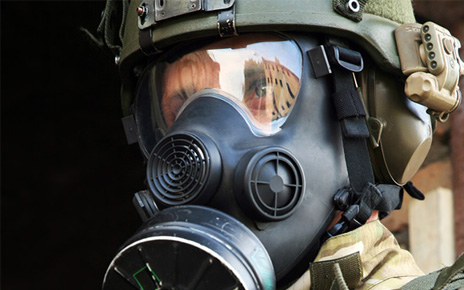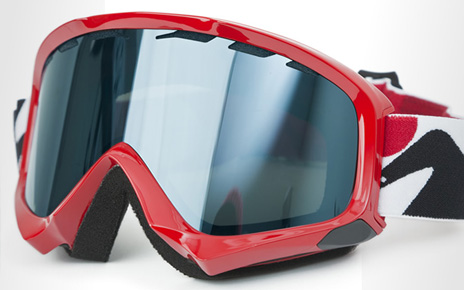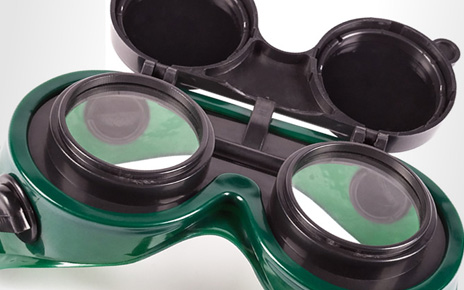Anti-fog / Non-mist
And they are not readily susceptible to saturation, which makes them safe in extremely adverse environments, involving prolonged exposure to water vapour, these coatings are finding new successful applications in the automotive, railway, medical, domestic appliances and electronics sectors. Safety eyewear helps prevent personal injury and from an employer’s view point reduces lost time and potential compensation costs. Recent research by the American Centers for Disease Control and Prevention put workplace eye injuries requiring medical treatment at 2,000 cases every day, with more than 100 of them resulting in one or more lost days of work.
The financial cost alone is therefore huge. In spite of statistical proof that protective eyewear prevents injuries, a further American survey found that nearly 60 percent of injured workers were not wearing eye protection at the time of an accident. Why not? One given reason was fogging of the lenses. A study published in Accident Analysis & Prevention magazine in 2009 reported on research done with focus groups made up of construction, manufacturing, service and retail workers …
All of the groups named fogging as a factor for not wearing safety eyewear, making it number one among vision related reasons.
More than 55% of research respondents suggested an anti-fog solution to increase usage of personal protective eyewear. It was named by more focus groups as a reason to wear safety eye wear than incentives, warning signs, eyewear cleaning stations or as a condition of employment.
The combination of heat and humidity increases the likelihood of fogged safety eye wear, whether glasses, goggles or visors. The humidity creates more moisture, which can form fog. High heat increases worker perspiration, further adding to the moisture problem. That same high heat increases the chance of condensation of the moisture on protective eyewear. Sudden changes in the local working environment also have an effect on fogging.
The cloud of steam pulp and paper workers experience from the paper drying equipment can virtually blind them in an instant. A food processing worker going in and out of chillers can face the same problem. A construction worker or warehouse materials handler who’s moving between indoor and outdoor tasks is also at risk.
Workers in full body protective gear or full faceshields, including military personnel, riot police, firefighters, hazmat, cleanroom and nuclear utility workers are at higher risk of fogging problems. These closed systems may not allow moisture and heat to adequately dissipate.
And remember – not all anti-fog coatings are the same. An anti-fog coating that chemically bonds well to the surface of one plastic may bond only loosely to another, which means it will be washed off more easily by humidity and perspiration. Plus there are different grades of anti-fog coating available with different price tags.
contact us
aalberts surface technologies limited
Clover Street • Kirkby-in-Ashfield • NG17 7LJ • United Kingdom
t: +44 (0) 1623 753 107
aalberts surface technologies OCT limited
Unit 8 • Lichfield Road Industrial Estate • Tamworth • Staffordshire • B79 7XD • United Kingdom
t :+44 (0) 1827 634 89






